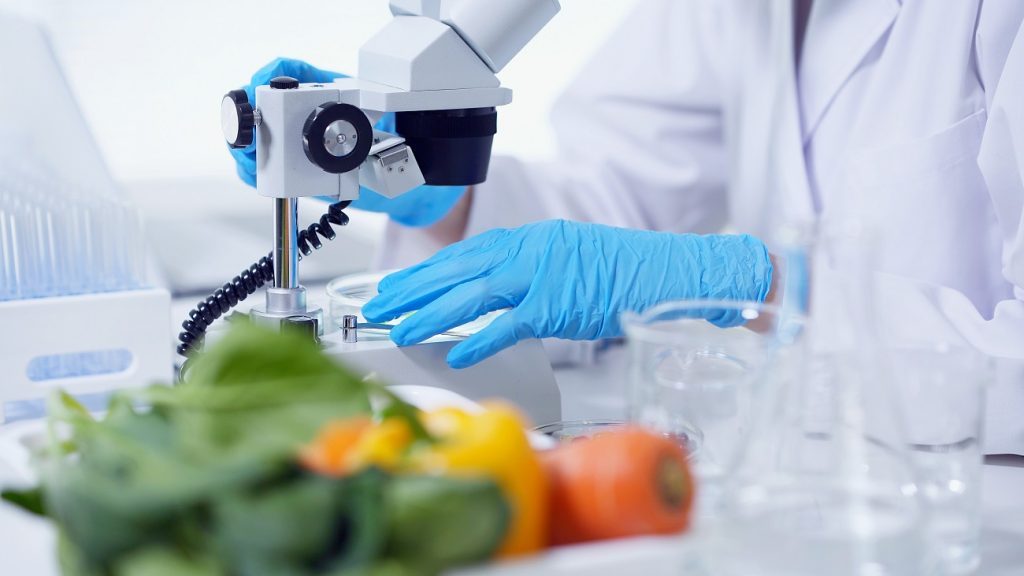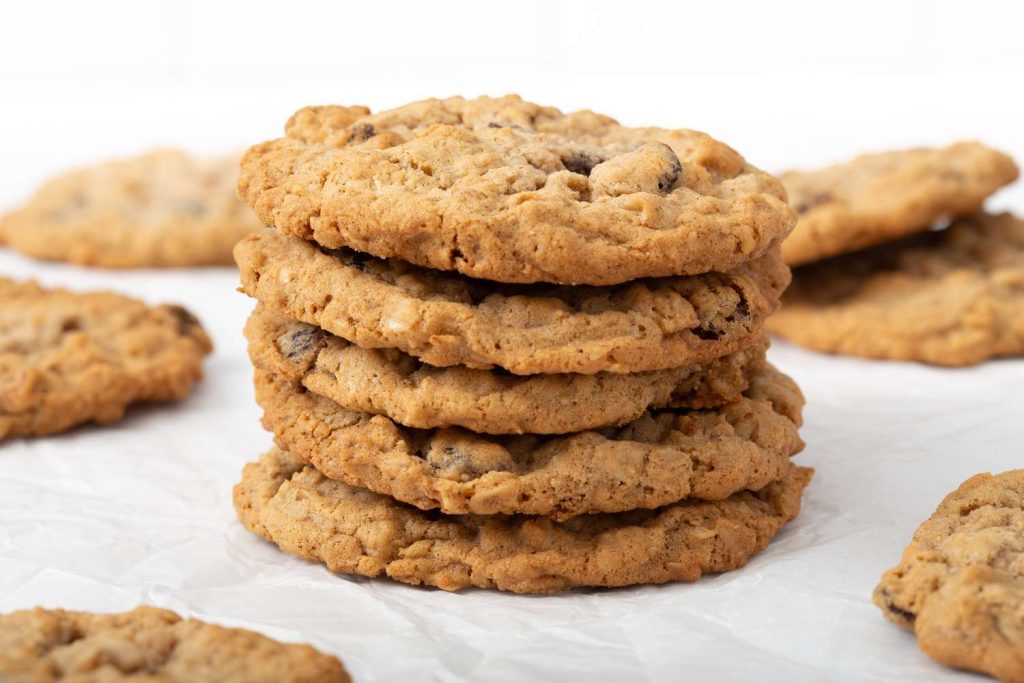Water Activity (aw)





Water activity (aw) is a thermodynamic parameter that in the case of food is defined as the ratio between the vapour pressure of the food, when in completely undisturbed equilibrium with the surrounding air, and the vapour pressure of the distilled water under the same conditions. It differs from moisture and describes the ability of the water present in food to act as a solvent and to participate in chemical/biochemical reactions and the growth of micro-organisms.
Water activity is an important parameter for the design of various food products and their safety. Food manufacturers use this parameter to design foods that are as stable as possible, with a long shelf life for consumers, since shelf life can be extended by proper handling of water activity levels in foods. Most foods have a water activity above 0.95 and this provides sufficient moisture to support the growth of bacteria, yeasts and fungi. If a product is maintained below a water activity point, then the growth of microorganisms is inhibited. This results in a longer shelf life of the product in this respect. However, it does not exclude the possibility that other side-effects – undesirable chemical reactions leading to organoleptic deterioration, such as oxidation of fats, enzymatic and non-enzymatic actions, reactions occurring at different levels of water activity values, may occur.
Water activity is also used in many cases as a critical control point for a company’s HACCP programme. Knowledge and control of the water activity value of the product can contribute to various aspects of the food business and influence stages of food planning, processing, storage, distribution and consumption.
The BIOCHEMISTRY Analytical Laboratories can assist your business with any need that involves measuring Water Activity (aw), either as a food control factor or in the design of a product as part of a life cycle study.
For more information and personalization of your needs, contact us.
